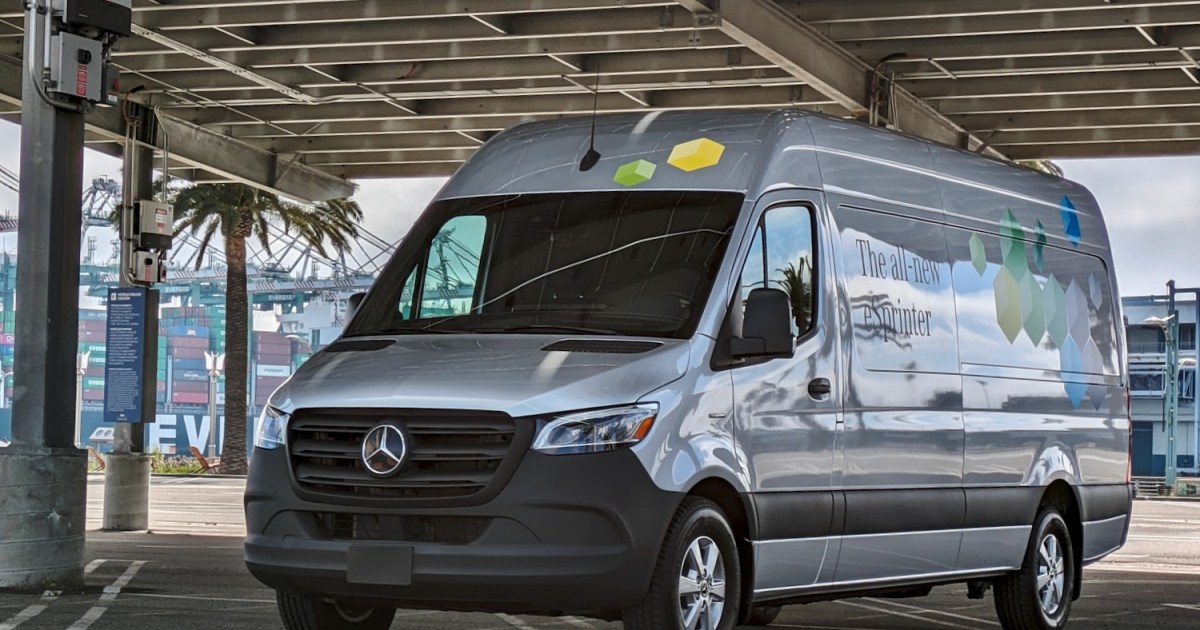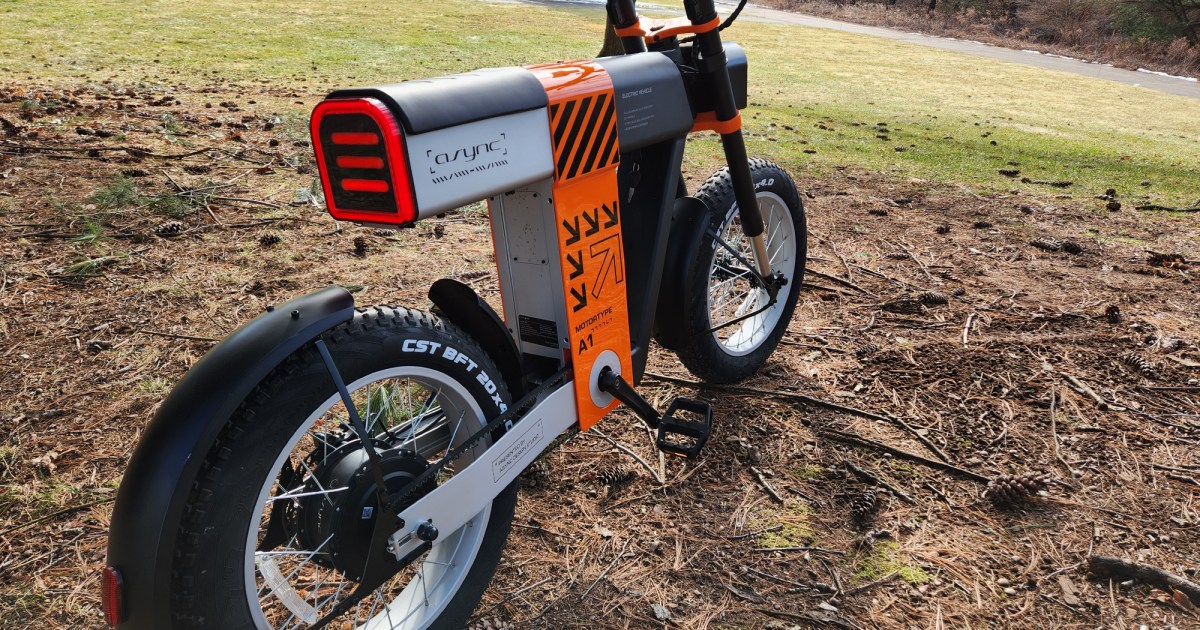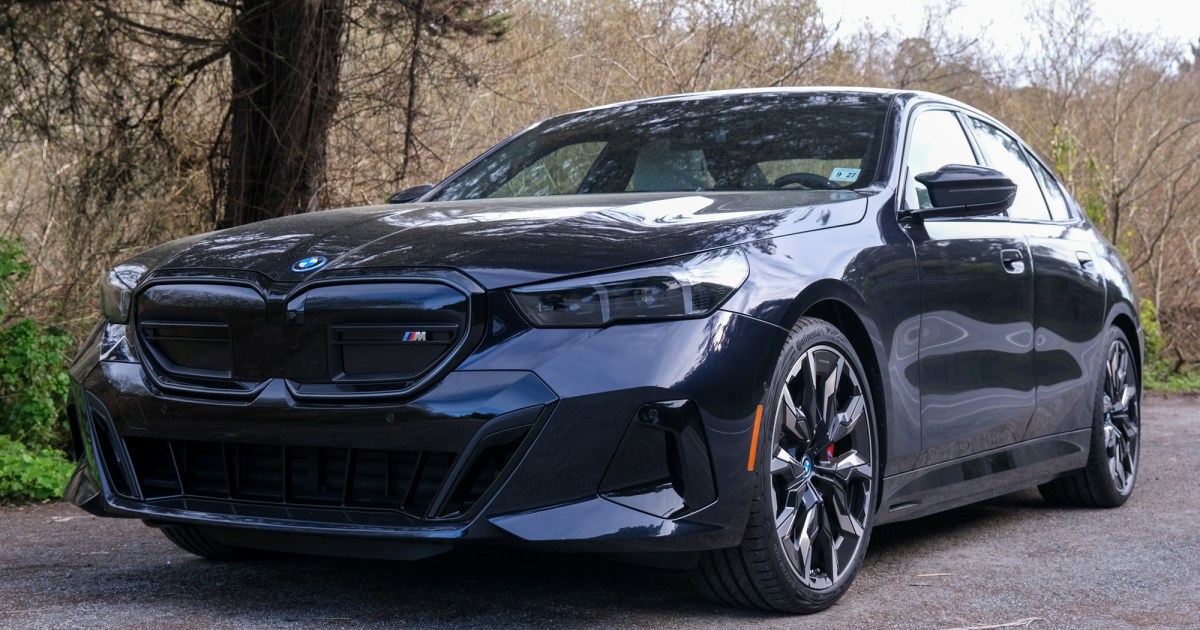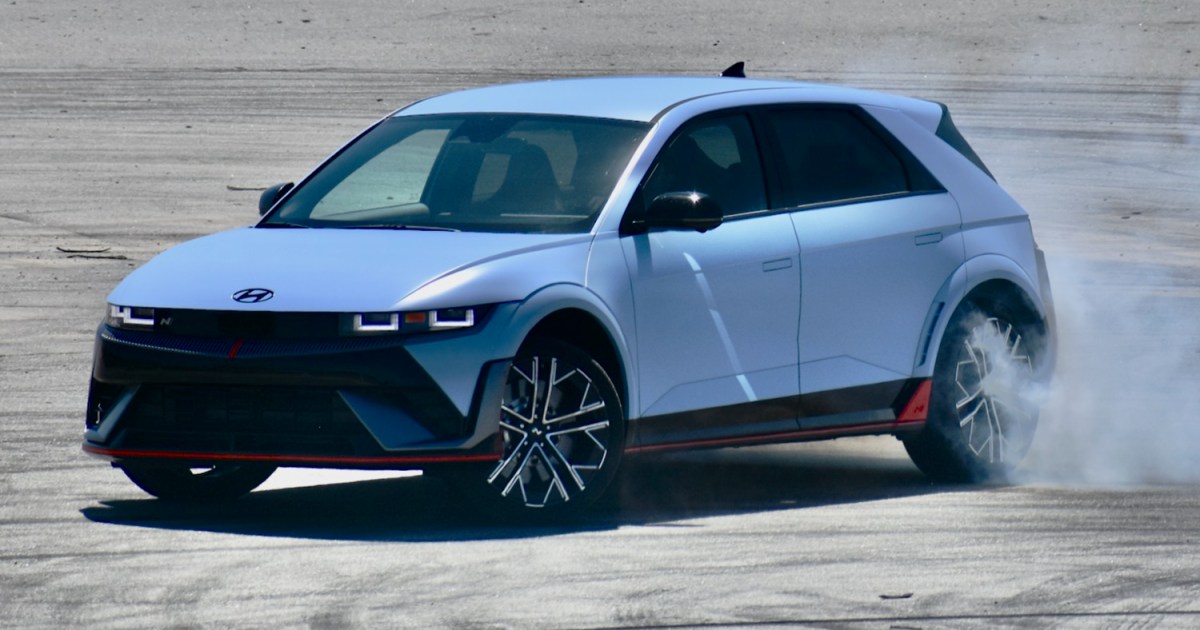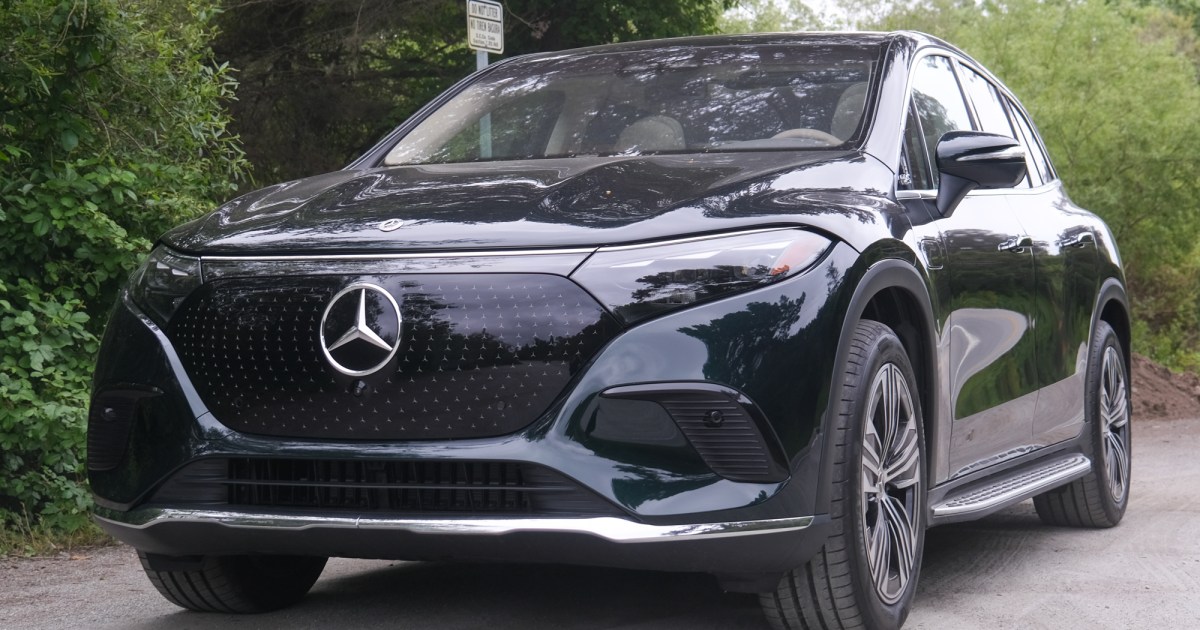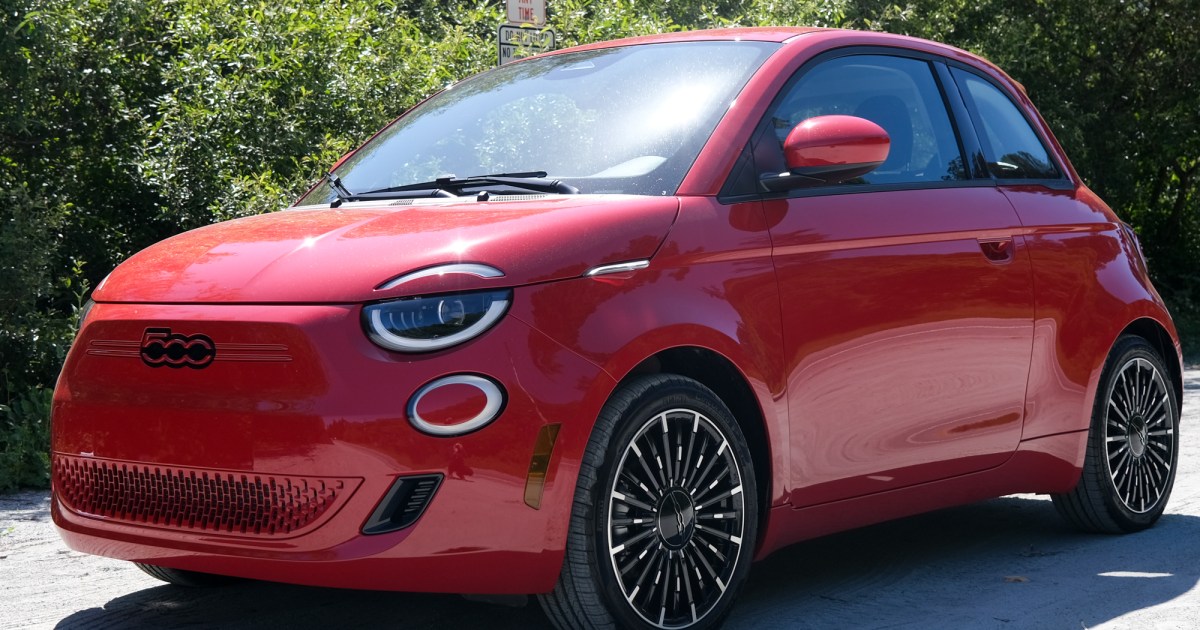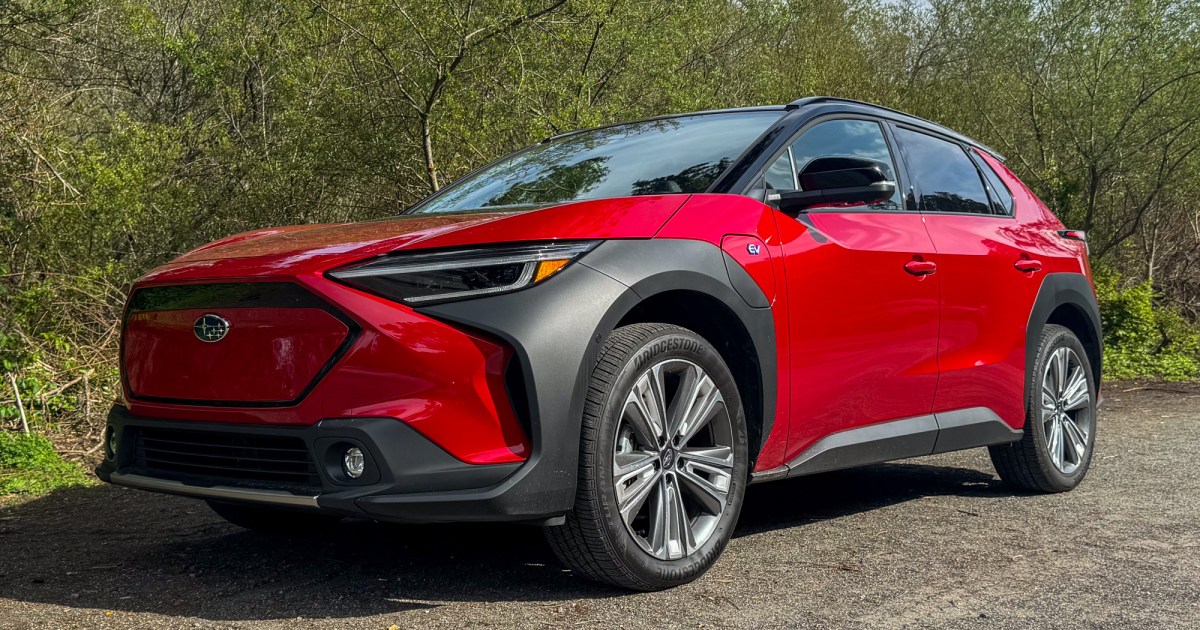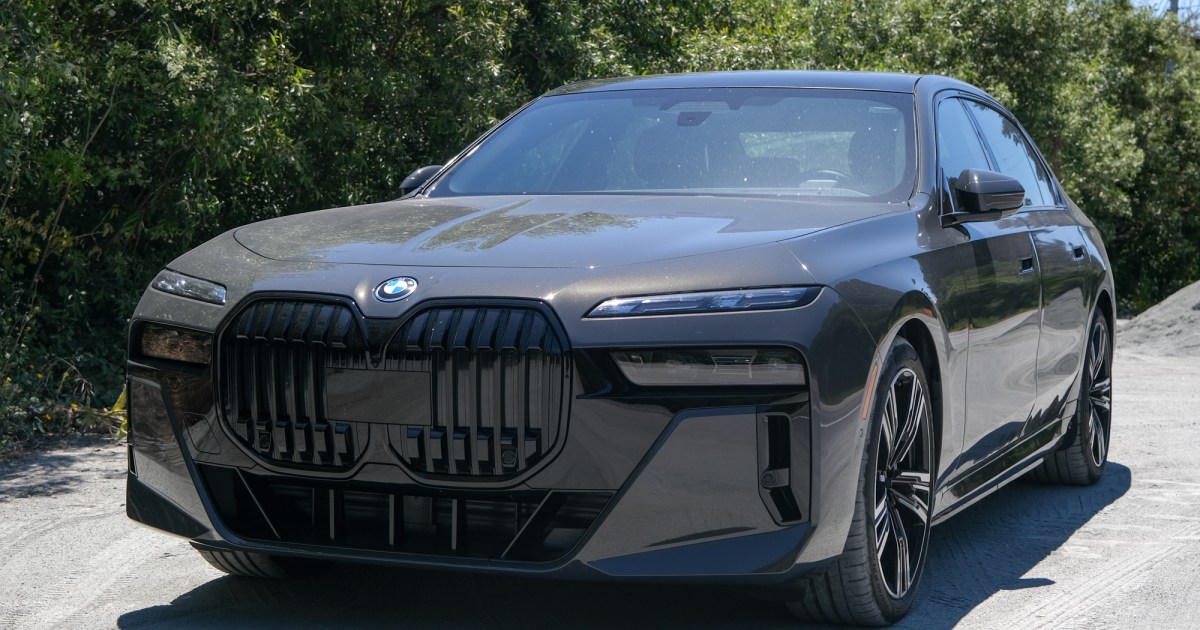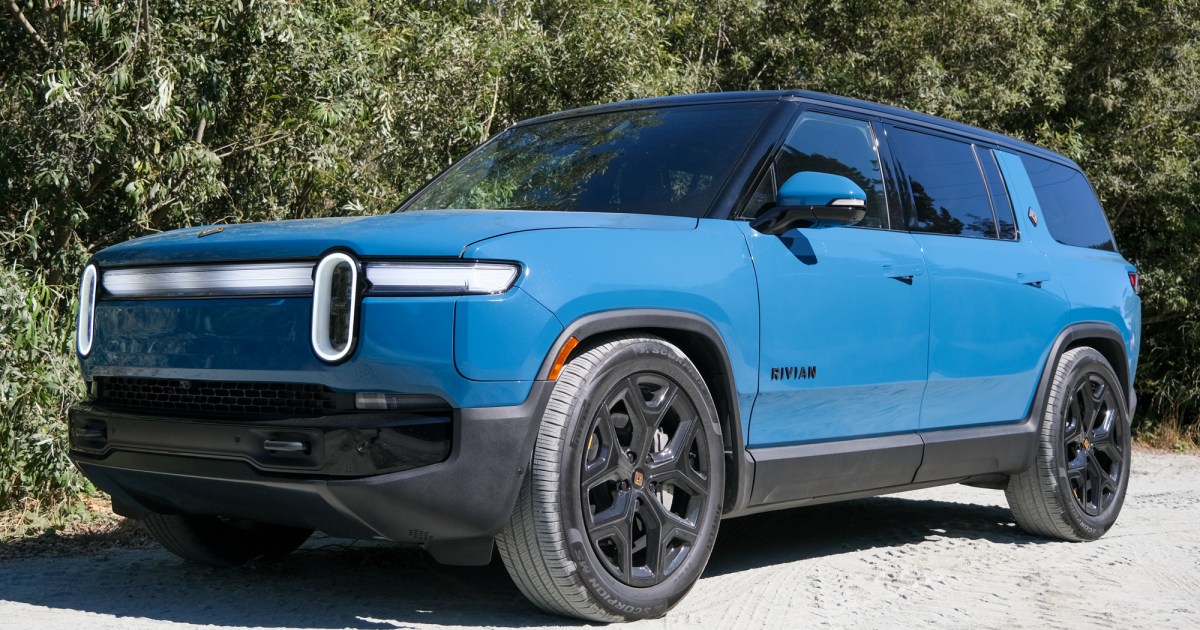The Mercedes-Benz Sprinter, a favorite of delivery fleets and camping enthusiasts since its U.S. debut in 2001, is going electric. The 2024 Mercedes-Benz eSprinter, an enhanced version of the European model, addresses the previous range limitations, making it a viable option for the American market. Production will commence at the Mercedes factory in North Charleston, South Carolina, later this year. Initially, customers can choose between standard ($74,181) and high-output ($77,611) versions, both catering to businesses needing ample cargo space.
Exterior and Interior Design
The eSprinter maintains the familiar tall-and-narrow European design of the standard Sprinter, a style Mercedes popularized in the U.S. This design has remained consistent since the 2019 model year. The eSprinter’s electric transformation involves attaching a battery pack underneath the frame, integrating a compact electric motor to power the rear axle, and placing other components under the hood, replacing the conventional engine. This approach mirrors Ford’s strategy with the E-Transit.
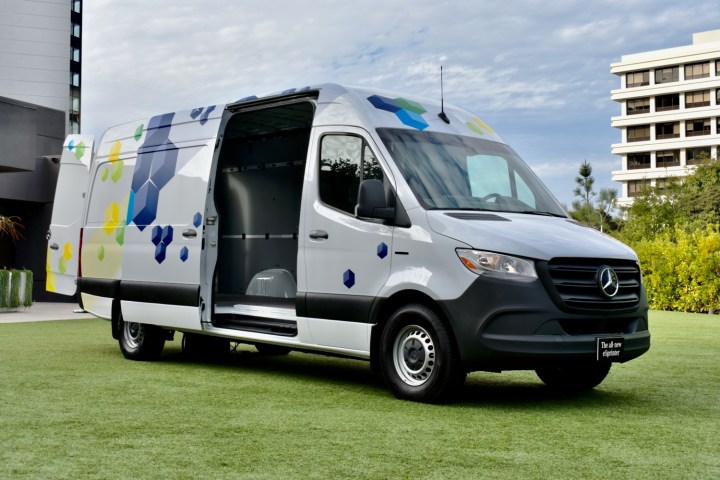 Front three quarter view of a 2024 Mercedes-Benz eSprinter electric van.
Front three quarter view of a 2024 Mercedes-Benz eSprinter electric van.
However, other manufacturers are exploring more innovative electric van designs. Rivian offers a purpose-built electric van, while General Motors introduced BrightDrop, a dedicated electric van division. Kia even proposed electric vans with interchangeable bodies, adapting to cargo or passenger transport. The eSprinter’s interior, while functional, carries over from the combustion engine version, offering a resemblance to Mercedes car cabins but without the luxury amenities.
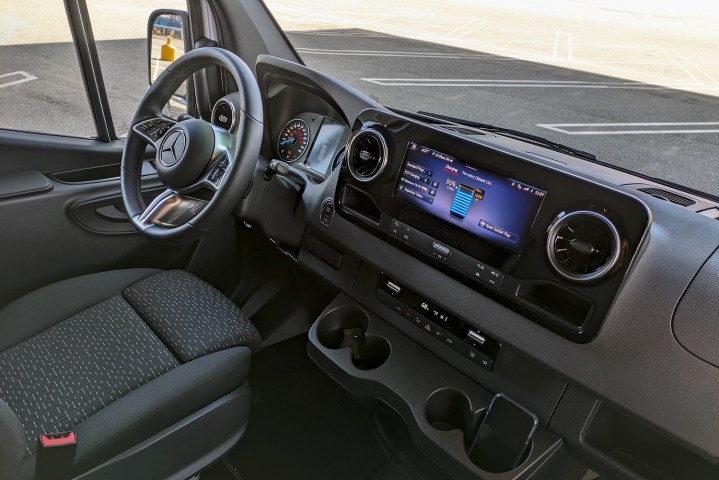 Interior of a 2024 Mercedes-Benz eSprinter electric van.
Interior of a 2024 Mercedes-Benz eSprinter electric van.
Initially, the U.S. market will only see the high-roof cargo van with a 170-inch wheelbase, providing 488 cubic feet of cargo volume and a 2,624-pound payload capacity. This contrasts with the Ford E-Transit’s 404.3 cubic feet and 3,553-pound payload with a 148.0-inch wheelbase. Rivian and GM’s BrightDrop vans offer various configurations with differing cargo space and payload capacities.
Technology and Driver Assistance
The eSprinter utilizes the Mercedes-Benz User Experience (MBUX) infotainment system, also found in Mercedes passenger cars, complete with wireless Apple CarPlay and Android Auto. The 10.25-inch touchscreen, though seemingly small, efficiently handles navigation and vehicle settings.
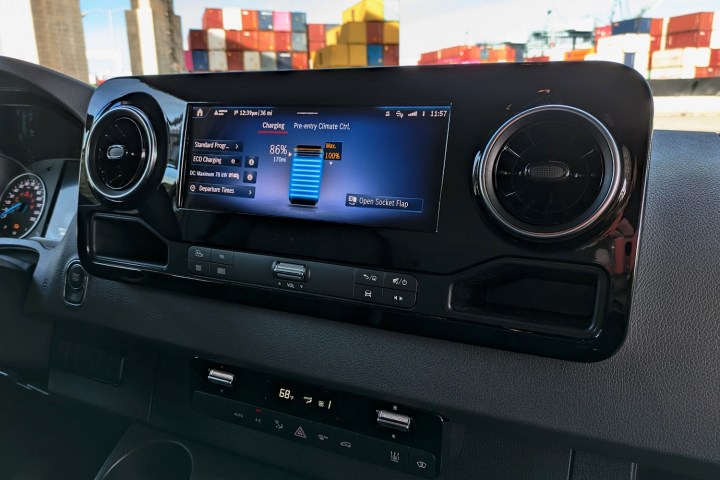 Mercedes-Benz eSprinter touchscreen showing battery information.
Mercedes-Benz eSprinter touchscreen showing battery information.
The eSprinter inherits Mercedes’ excellent voice recognition, surpassing similar systems from other automakers. EV-specific navigation, incorporating charging stops, is available, although untested in this review. Driver-assist features include automatic emergency braking, blind-spot monitoring, and a driver-attention monitor. The rearview camera mirror, a valuable feature, is also available.
Performance and Driving Experience
All eSprinters are rear-wheel drive, offered in 134 hp and 201 hp variants, both with 295 pound-feet of torque. While other automakers emphasize power in their EVs, Mercedes prioritized functionality with the eSprinter. The standard diesel Sprinter’s four-cylinder engine produces 170 hp with matching torque, and a more powerful diesel version offers 211 hp and 332 lb-ft.
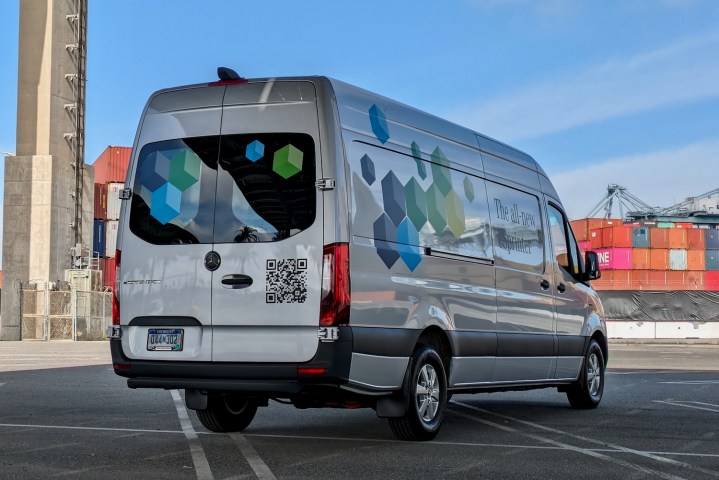 Rear three quarter view of a 2024 Mercedes-Benz eSprinter electric van.
Rear three quarter view of a 2024 Mercedes-Benz eSprinter electric van.
The eSprinter’s top speed is limited to 75 mph. Acceleration is adequate for a van but not remarkably quick for an EV. However, the eSprinter offers a smoother driving experience compared to the diesel version, attributed to the low-mounted battery. Surprisingly, the cabin remains relatively quiet. The available drive modes (Comfort, Eco, and Maximum Range) prioritize efficiency. Multiple regenerative braking levels, including an automatic mode, further enhance the driving experience.
Range, Charging, and Configuration
The eSprinter’s 113-kWh lithium iron phosphate (LFP) battery provides an estimated range of 250 miles, exceeding the Ford E-Transit and Rivian’s vans, and comparable to GM’s BrightDrop.
 Mercedes-Benz eSprinter charge port.
Mercedes-Benz eSprinter charge port.
DC fast charging at 115 kW can replenish the battery from 10% to 80% in approximately 42 minutes, while a full 240-volt AC charge requires 12.5 hours. Mercedes provides seamless charging integration with ChargePoint, Electrify America, and EVgo. Currently, the eSprinter doesn’t offer battery-powered appliance support, focusing primarily on business needs. The 201-hp version is recommended for optimal performance.
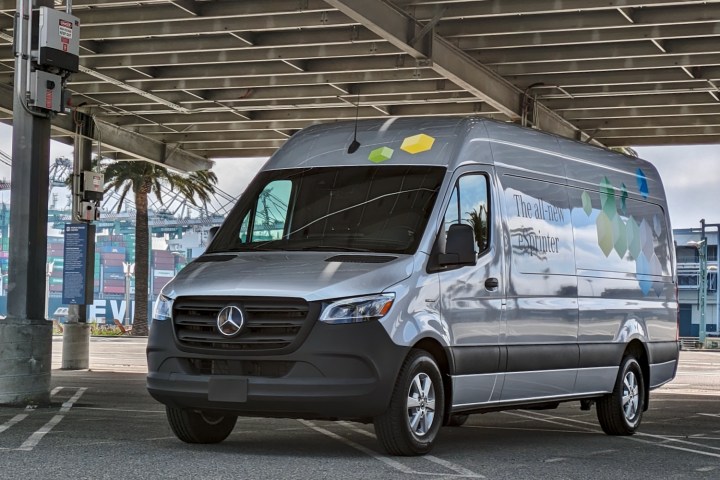 Front three quarter view of a 2024 Mercedes-Benz eSprinter electric van.
Front three quarter view of a 2024 Mercedes-Benz eSprinter electric van.
The eSprinter competes with the more affordable, configurable Ford E-Transit (with less range) and the pricier, stylish Rivian vans. The expanding electric van market signifies a positive environmental shift, reducing emissions and promoting sustainable transportation. Mercedes plans to expand its electric van lineup with the Van.EA architecture, launching in 2026. For now, the eSprinter marks a significant step towards electrifying the commercial van sector.



